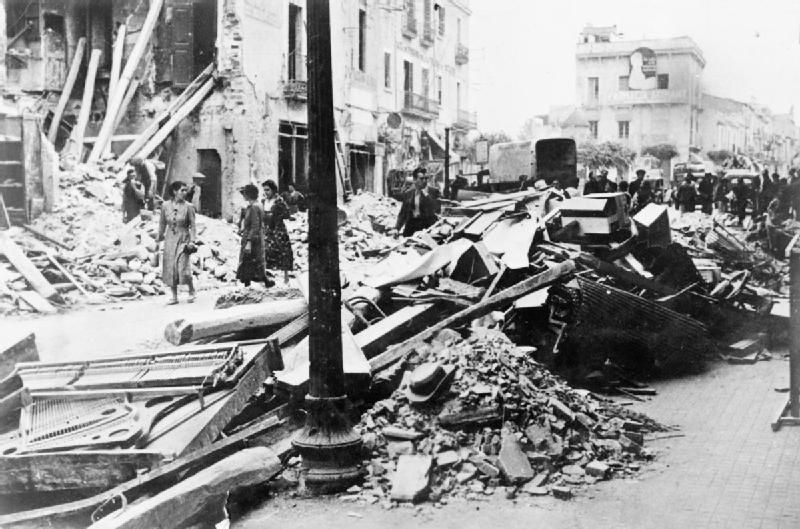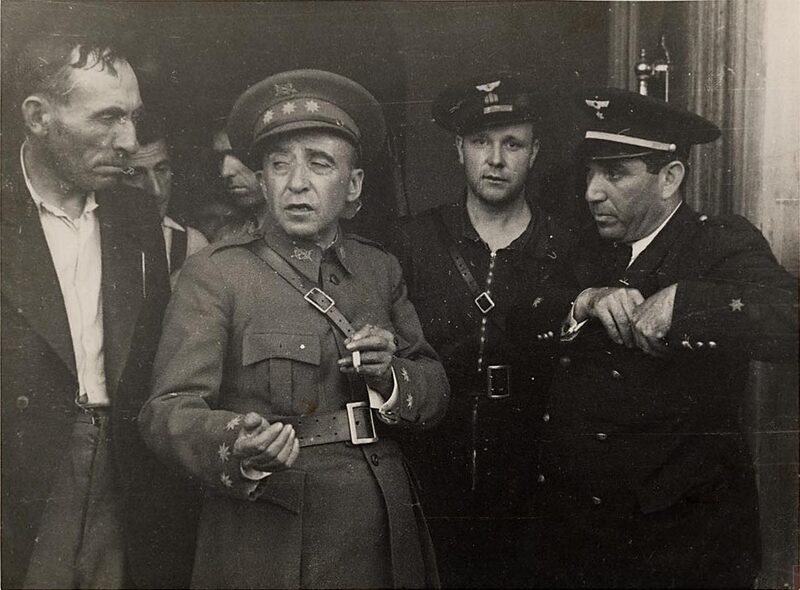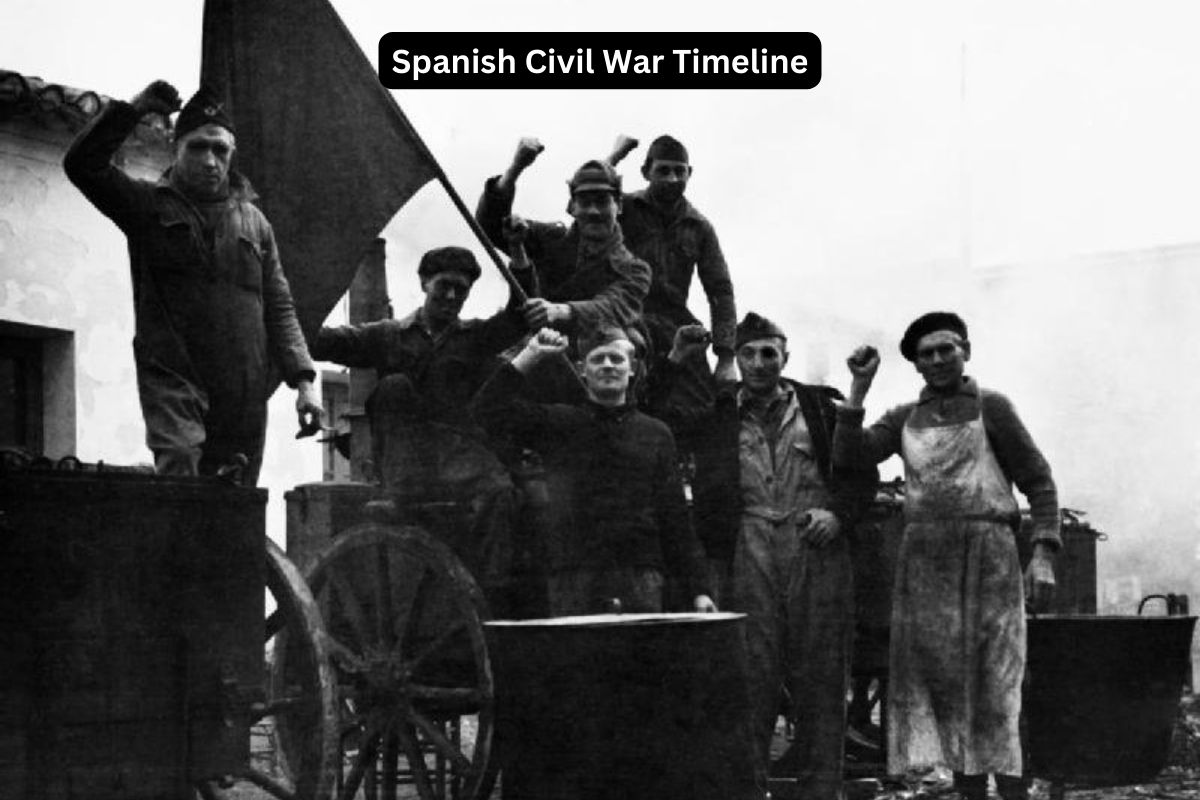The Spanish Civil War, which raged from 1936 to 1939, holds a significant place in history for its profound impact on Spain and beyond.
This conflict between the Republican government and nationalist forces led by General Francisco Franco left an enduring mark on Spain.
In this article, we explore key events of the war, from its origins to Franco’s dictatorship, highlighting its profound impact on Spain’s social and political landscape. Join us as we uncover the legacy of a war that shaped Spanish history.
| Date | Event |
|---|---|
| July 17, 1936 | The Spanish Civil War begins with a military uprising against the Second Spanish Republic, led by nationalist forces under General Francisco Franco. |
| July 18, 1936 | The nationalist forces quickly gain control of Spanish Morocco, mainland Spain, and the Canary Islands. |
| July 19, 1936 | The Republican government appeals for support from loyalist forces to resist the coup. |
| July-August 1936 | The war escalates into a full-blown conflict, with both sides receiving support from foreign powers. The Republicans receive aid from the Soviet Union and international volunteers, while the Nationalists receive support from Nazi Germany and Fascist Italy. |
| November 1936 | Franco is declared head of state and government of Nationalist Spain. |
| 1937 | The Nationalists launch offensives in the north and west of Spain, aiming to encircle Madrid and cut off Republican territory. |
| April 1937 | The town of Guernica is bombed by German and Italian aircraft supporting the Nationalists, leading to international outrage. |
| 1938 | Nationalist forces make significant gains, capturing Catalonia and other Republican strongholds. |
| March 1939 | The Republican forces are defeated, and Franco declares victory. The Spanish Civil War officially ends. |
| 1939-1975 | Francisco Franco establishes a dictatorship in Spain, known as the Francoist regime, which lasts until his death in 1975. |
Timeline of the Spanish Civil War
July 17, 1936: The Spanish Civil War Begins
On this day, a military uprising against the democratically elected Second Spanish Republic began.
The uprising was primarily led by nationalist forces, including army generals, conservative groups, and monarchists, who opposed the Republican government’s leftist policies and sought to establish a fascist-leaning regime in Spain.
Also Read: Facts About the Spanish Civil War
The catalyst for the uprising was a series of political and social tensions, including agrarian reforms, labor strikes, and the increasing influence of socialist and anarchist movements.

July 18, 1936: Nationalist Forces Gain Control
Following the initial uprising, nationalist forces swiftly gained control of key strategic locations, including Spanish Morocco, mainland Spain, and the Canary Islands.
The insurgents, under the leadership of General Francisco Franco, quickly mobilized military units and seized important government buildings and communication centers.
Also Read: Francisco Franco Facts
Their goal was to overthrow the Republican government and establish a centralized, authoritarian regime aligned with nationalist and fascist ideologies.
July 19, 1936: Republican Appeal for Support
Faced with the sudden and violent uprising, the Republican government urgently appealed for support from loyalist forces, including socialist, communist, and anarchist militias, as well as sympathetic military units.
The government called upon workers and civilians to resist the nationalist coup and defend the Republic. This appeal marked the beginning of a prolonged and brutal conflict that would engulf Spain for the next three years, pitting the Republican forces against the Nationalists in a struggle for control over the country’s future.
July-August 1936: Escalation of Conflict
In the weeks following the outbreak of the Spanish Civil War, the conflict escalated rapidly. Both the Republican and Nationalist forces mobilized their troops and consolidated control over territories they held.
The Republicans, supported by leftist militias and international volunteers, initiated a campaign to defend the Republic and resist the nationalist advance.
Meanwhile, the Nationalists, bolstered by military aid from Nazi Germany and Fascist Italy, launched offensives to expand their territory and weaken Republican resistance.
The war quickly devolved into a brutal struggle characterized by fierce battles, civilian casualties, and atrocities committed by both sides.

November 1936: Franco Declared Head of State
By November 1936, General Francisco Franco emerged as the de facto leader of the Nationalist forces. In a move to consolidate power, the Nationalist faction declared Franco as the head of state and government of Nationalist Spain.
This formalized Franco’s authority within the Nationalist camp and solidified his position as the principal figure directing the war effort against the Republican government.
Under Franco’s leadership, the Nationalists pursued a strategy aimed at achieving total victory and eliminating opposition to their authoritarian vision for Spain.
1937: Nationalist Offensives
Throughout 1937, the Nationalist forces launched major offensives aimed at capturing Republican-held territory and weakening their resistance.
In the north and west of Spain, Nationalist troops conducted campaigns to encircle the Republican stronghold of Madrid, hoping to cut off the capital from sources of support and ultimately force its surrender.
Additionally, Nationalist forces advanced into Republican-controlled territories in Catalonia and Aragon, seeking to expand their territorial gains and undermine Republican morale.
These offensives marked significant turning points in the conflict, as the Nationalists made substantial territorial gains and further weakened the Republican position.
April 1937: Bombing of Guernica
In April 1937, the town of Guernica in the Basque region of Spain was subjected to a devastating aerial bombardment by German and Italian aircraft supporting the Nationalist forces.
The bombing of Guernica, immortalized in Pablo Picasso’s famous painting, became one of the most notorious atrocities of the Spanish Civil War.
The attack resulted in significant civilian casualties and widespread destruction, serving as a symbol of the indiscriminate violence and brutality of modern warfare. The bombing of Guernica provoked international condemnation and highlighted the growing involvement of fascist powers in the conflict.

1938: Nationalist Advances
In 1938, the Nationalist forces continued their relentless advance against the Republican-held territories. Nationalist offensives, supported by superior military resources and foreign assistance, resulted in the capture of key Republican strongholds, including Catalonia, the industrial heartland of the Republic.
The fall of Catalonia dealt a severe blow to Republican morale and strategic capabilities, further tilting the balance of power in favor of the Nationalists. The year 1938 marked a period of significant territorial gains for the Nationalist forces, bringing them closer to achieving their goal of total victory.
March 1939: Republican Defeat
By March 1939, the Republican forces were on the brink of collapse. Faced with overwhelming military pressure from the Nationalists and internal divisions within their own ranks, the Republicans suffered a series of decisive defeats on the battlefield.
On March 28, 1939, the Nationalist troops entered the Republican capital of Madrid virtually unopposed, signaling the imminent collapse of the Republican government.
With their military resistance shattered and their political leadership in disarray, the Republicans had no choice but to surrender to the advancing Nationalist forces.

1939-1975: Francoist Dictatorship
With the defeat of the Republicans, General Francisco Franco emerged as the undisputed ruler of Spain. In April 1939, Franco formally declared the end of the Spanish Civil War and established a dictatorship known as the Francoist regime.
Under Franco’s authoritarian rule, Spain experienced a period of repression, censorship, and political persecution. Opposition parties were banned, civil liberties were curtailed, and dissent was ruthlessly suppressed.
Franco’s regime maintained power through a combination of military force, propaganda, and repression, shaping Spanish society and politics for nearly four decades until Franco’s death in 1975.
